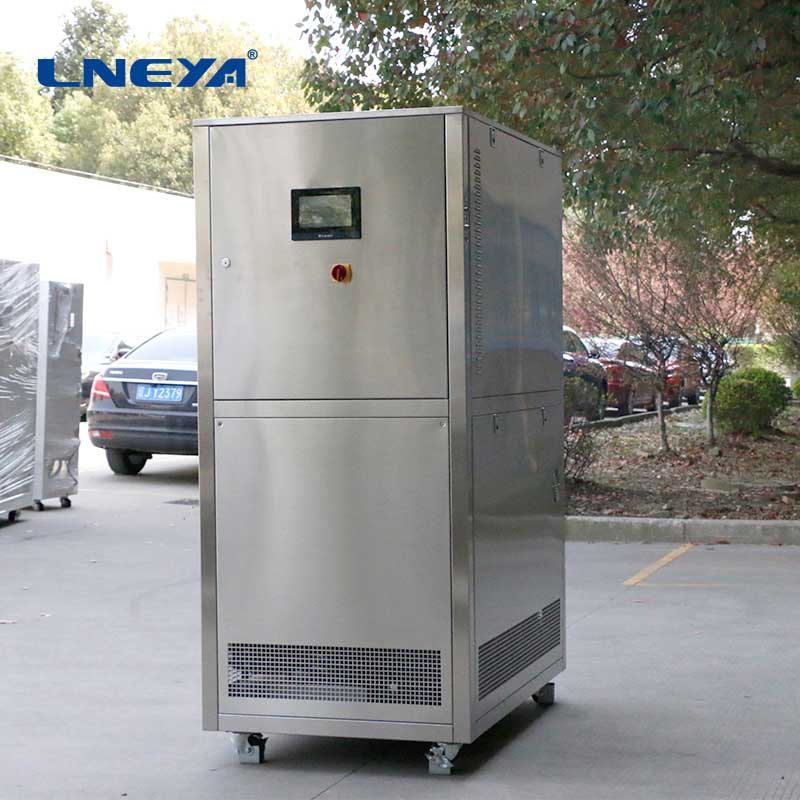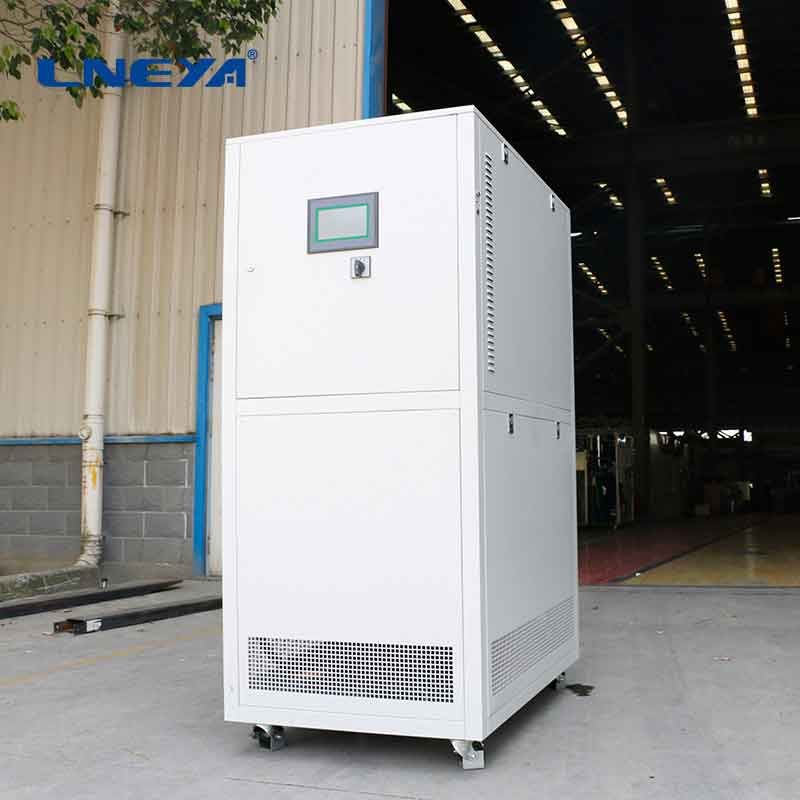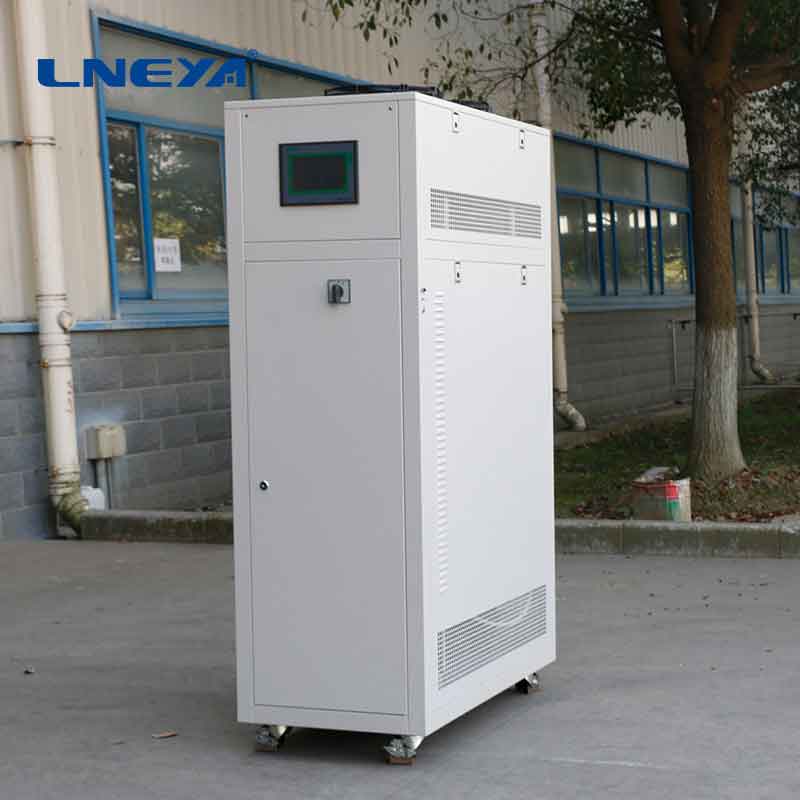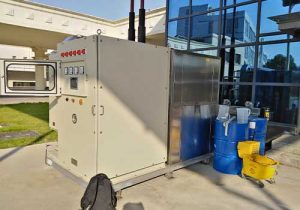water cooling capacity
Water Cooling Capacity: Understanding and Calculating
Water cooling capacity is a fundamental concept in the field of heating, ventilation, and air conditioning (HVAC), as well as in various industrial processes. It defines the ability of a cooling system to remove heat from a given space or process, ensuring optimal operating conditions and comfort. This article delves into the definition, calculation, applications, and market trends related to water cooling capacity.

Definition of Water Cooling Capacity
Water cooling capacity is typically measured in tons or kilowatts (kW). One ton of refrigeration is equivalent to the amount of heat required to melt one ton of ice in a 24-hour period, which is approximately 12,000 BTUs per hour. In the metric system, cooling capacity is often expressed in kilowatts, where 1 kW corresponds to approximately 3.412 tons of refrigeration.
This calculation shows that the chiller has a cooling capacity of 202 tons.
Applications of Water Cooling Systems
Water cooling systems with specified cooling capacities are used in various applications, including:
Commercial Buildings: For space cooling in offices, retail spaces, hotels, and more, maintaining comfortable indoor environments.

Industrial Processes: In manufacturing, pharmaceuticals, and food processing, where precise temperature control is essential for process efficiency and product quality.
Data Centers: Cooling server rooms to ensure the proper functioning of IT equipment and prevent overheating.
Market Trends in Water Cooling Systems
The market for water cooling systems is influenced by several trends:
Energy Efficiency: There is a growing demand for chillers with high energy efficiency, achieved through technologies like variable speed drives (VSDs) for compressors and pumps.
Environmental Sustainability: The use of refrigerants with low Global Warming Potential (GWP) is becoming standard to reduce the environmental impact of cooling systems.

Smart Technology: Integration of IoT and smart control systems enables remote monitoring, control, and predictive maintenance, optimizing cooling efficiency and reducing downtime.
In conclusion, understanding water cooling capacity is crucial for designing and operating effective cooling systems in both commercial and industrial settings. As the market continues to evolve, innovations in energy efficiency, refrigerant technology, and smart control systems are driving the development of more advanced and sustainable cooling solutions. These advancements are essential for meeting the growing demand for energy-efficient and environmentally friendly cooling solutions in various applications.
Related recommendations
Semiconductor Chip High and Low Temperature Test Chiller
1379Semiconductor Chip High and Low Temperature Test Chiller The high and low temperature test chiller of semiconductor power chip can provide users with a field source with controlled thermal c...
View detailschiller capacity tons
211Chiller Capacity in Tons: A Comprehensive GuideIn the field of cooling technology, the measurement of chiller capacity in tons is a fundamental concept that plays a pivotal role in the design, op...
View detailswater cooled chiller package
311Components of a Water Cooled Chiller PackageA typical water cooled chiller package includes several key components working together as a unified system:Water Cooled Chiller: The core cooling uni...
View detailsindustrial water chiller australia
543Industrial Water Chillers in Australia: Technology and ApplicationsIndustrial water chillers play a vital role in Australia's industrial sector by providing precise temperature control for various...
View details
 LNEYA Chiller
LNEYA Chiller






HelloPlease log in